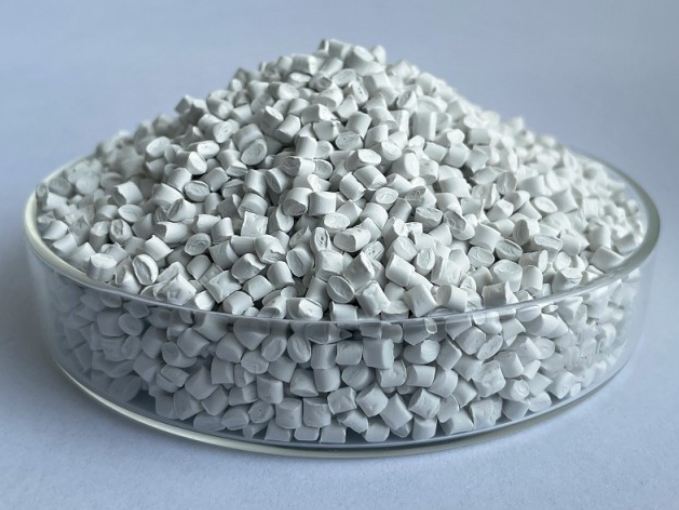October 23, 2024 – Polypropylene Market Faces Challenges Amidst Falling Crude Oil Prices
The polypropylene market has been experiencing a sluggish performance, influenced by a combination of factors. The continuous decline in crude oil prices has significantly weakened the cost support, causing futures markets to retreat from their highs. This shift has generally dampened market sentiment, fostering a cautious trading environment. To promote sales, traders have been compelled to adopt price concession strategies.
Both the OPEC and the International Energy Agency have revised down their forecasts for global crude oil demand growth, exacerbating the downward trend in international oil prices. Consequently, polypropylene prices have followed suit, with spot market prices experiencing a notable decline. Despite entering the traditional peak season, the limited increase in downstream orders has resulted in factories maintaining a rigid procurement strategy, focusing solely on immediate needs. This has led to insufficient market demand, further burdening the market’s performance.

According to Color Masterbatch Industry News, upstream inventories accumulated substantially during the National Day holiday, temporarily weakening polypropylene’s support. The market’s supply-demand imbalance has become increasingly prominent. However, by October 16, 2024, China’s total commercial inventory of polypropylene stood at 793,200 tons, a decrease of 62,500 tons or 7.30% from the previous period. This reduction is primarily attributed to production enterprises actively taking measures to reduce inventories after they reached high levels during the holiday, shifting stocks to intermediate links. Despite downstream procurement remaining rigid, the overall inventory of polypropylene traders’ sample enterprises has shown a slight decline.
Furthermore, overseas producers have reduced their offers to China, resulting in limited import arrivals. After a significant post-holiday domestic market surge, both domestic production and trade exports faced obstacles, leading to smooth destocking at ports during this cycle. Consequently, the overall commercial inventory decreased this week. However, the profitability of polypropylene enterprises remains unsatisfactory, particularly for oil-based PP, which has been in a negative profit state for an extended period. Recently, the risk of conflict between Iran and Israel has diminished, and with falling international oil prices, the decline in spot prices has exceeded the decline in costs, further reducing profits for oil-based PP.
From the downstream demand perspective, the plastic weaving industry has faced poor fund recovery this year, with a slight delay in the traditional small construction peak season. However, market demand has recently improved, with an increase in new projects and key engineering entering a small construction peak season, leading to a rise in cement bag volumes. In agriculture, as autumn market risks gradually dissipate, orders for fertilizer bags have heated up, increasing the load on plastic weaving enterprises and their purchasing activity. Conversely, in the film material segment, the cost trend has weakened, causing film prices to decline. Downstream and traders are observing the downward trend in the industry chain, resulting in a slowdown in new orders and a decrease in raw material stockpiling intentions by film enterprises, leading to a slight decline in raw material inventories.
In summary, the continuous decline in crude oil prices has weakened cost support, causing futures to retreat and market sentiment to be suppressed, creating a cautious trading atmosphere. The polypropylene market is expected to remain weak in the short term.














